🌹💐🌾🥀🌺🌸🌼🌻🌞😀Happy First Day of Spring😀🌞🐶🐱🙋♂🙋♀🍀
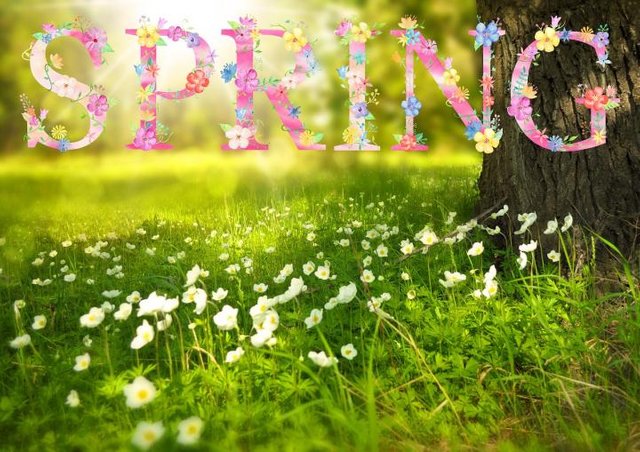
The spring equinox (also called the March equinox or vernal equinox) falls on Wednesday, March 20, 2019, at 5:58 P.M. EDT. This event marks the astronomical first day of spring in the Northern Hemisphere. Enjoy our spring equinox facts, folklore, photos, and more!
WHEN IS THE FIRST DAY OF SPRING?
Spring begins with the vernal equinox, which always occurs on March 19, 20, or 21. YearSpring Equinox (Northern Hemisphere)2019Wednesday, March 20, at 5:58 P.M. EDT2020Thursday, March 19, at 11:49 P.M. EDT2021Saturday, March 20, at 5:37 A.M. EDT
A FULL MOON ON THE EQUINOX
For the first time in nearly 40 years, the spring equinox will occur on the same day as March’s Full Worm Moon. The last time that these two events landed on the same date was on March 20, 1981, though they did come close again in March 2000, separated by a span of only four hours.But that’s not all: March’s full Moon will also be a supermoon, meaning that it will be slightly larger and brighter than most of the other full Moons this year.
WHAT DOES THE EQUINOX MEAN?
The word equinox comes from the Latin words for “equal night”—aequus (equal) and nox (night). On the equinox, the length of day and night is nearly equal in all parts of the world. With the equinox, enjoy the increasing sunlight hours, with earlier dawns and later sunsets.
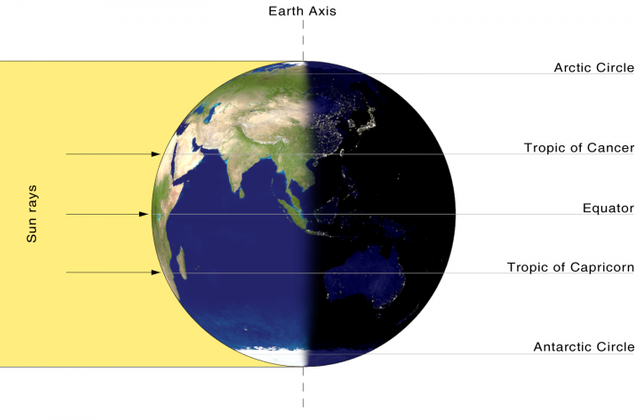
Image: On the equinox, Earth’s two hemispheres are receiving the Sun’s rays about equally.
WHAT HAPPENS ON THE MARCH EQUINOX?
On the March Equinox, the Sun crosses the celestial equator from south to north. It’s called the “celestial equator” because it’s an imaginary line in the sky above the Earth’s equator.If you were standing on the equator, the Sun would pass directly overhead on its way north. Equinoxes are the only two times a year that Sun only rises due east and sets due west for all of us on Earth!While the Sun passes overhead, the tilt of the Earth is zero relative to the Sun, which means that Earth’s axis neither points toward nor away from the Sun. (Note, however, that the Earth never orbits upright, but is always tilted on its axis by about 23.5 degrees.)After the Spring equinox, the Norther Hemisphere tilts toward the Sun, which is why we start to get longer, sunnier days.
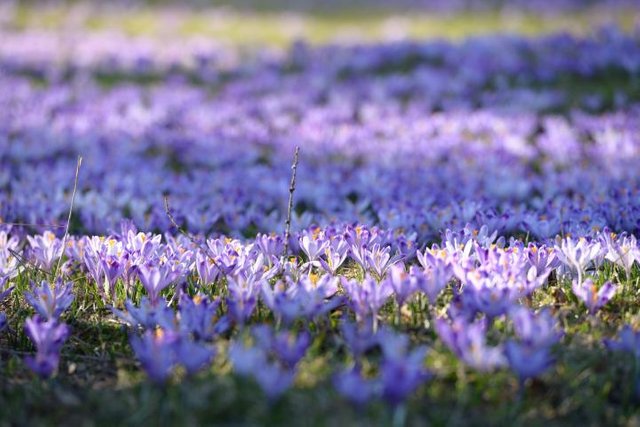
SPRING EQUINOX FAQS
Q: IS THE FIRST DAY OF SPRING ALWAYS MARCH 20?
A: No, it’s not always March 20. And your answer also depends on your definition of the “first day of spring.” Both are accurate; they’re just from different perspectives. We’ll explain …Astronomically speaking, the first day of spring is marked by the spring equinox, which falls on March 19, 20, or 21 every year. The equinox happens at the same moment worldwide, though our clock times reflect a different time zone. And, as mentioned above, this date only signals spring’s beginning in the Northern Hemisphere; it announces fall’s arrival in the Southern Hemisphere.Interestingly, due to time zone differences, there isn’t a March 21 equinox in mainland U.S. during the entire 21st century! Plus, we won’t see a March 21 in the world again until 2101.Meteorologically speaking, the official first day of spring is March 1 (and the last is May 31). Weather scientists divide the year into quarters to make it easier to compare seasonal and monthly statistics from one year to the next. The meteorological seasons are based on annual temperature cycles rather than on the position of Earth in relation to the Sun, and they more closely follow the Gregorian calendar. Using the dates of the astronomical equinoxes and solstices for the seasons would present a statistical problem, as these dates can vary slightly each year.
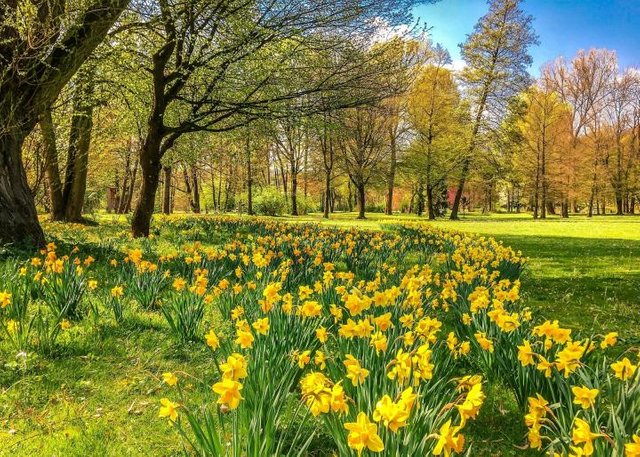
Did you know that daffodils are one of March’s Birth Flowers?
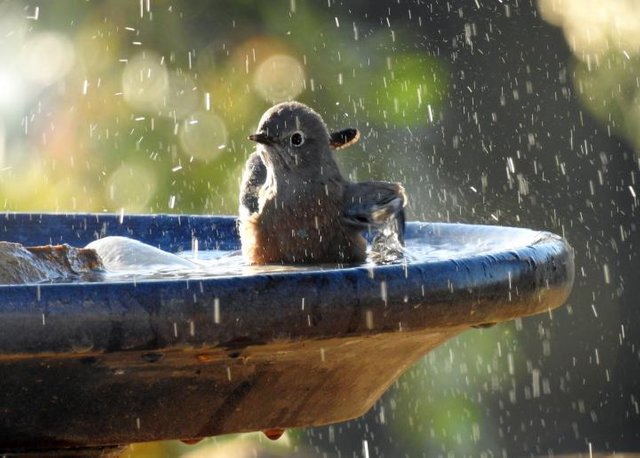
Q: WHICH DAY HAS THE MOST SUNLIGHT IN NORTH AMERICA?
A: The Summer or June Solstice is called the “longest” day of the year! The date of the longest day actually varies between June 20 and June 22, depending on the year, and the local time zone. By “longest day,” we mean the day that gets the most daylight (versus darkness).

ANCIENT EQUINOX TRADITIONS: THE SNAKE OF SUNLIGHT
Scientific explanation aside, our ancestors were more connected to the Sun than we are today. They observed its pathway across the sky; they tracked how the sunrise, sunset, and day length changed, using the Sun (and Moon) as a clock and calendar.There are many ancient sites that mark the equinoxes (and solstices). One of the most famous ancient Spring equinox celebrations was at Chichen Itza in Mexico. The Mayans built a huge pyramid around the year A.D. 1000. The play of the Sun’s light on it signals the beginning of the seasons. On the spring equinox, it looks like a huge snake is slithering down the steps. Mayans called this day “the return of the Sun serpent.”
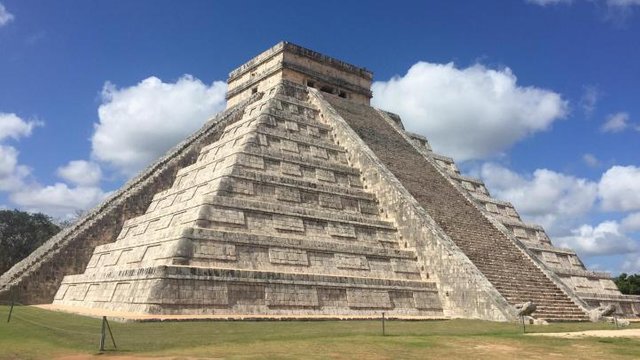
SPRING VERSE, QUOTES, AND SAYINGS
Verse
- For glad Spring has begun,
And to the ardent sun
The earth, long time so bleak,
Turns a frost-bitten cheek.
- Celia Thaxter, American poet (1835–94)
- Spring-time sweet!
The whole Earth smiles, thy coming to greet.
- Unknown
- Never yet was a springtime,
Late though lingered the snow,
That the sap stirred not at the whisper
Of the southwind, sweet and low.
- Margaret Elizabeth Sangster, American writer (1838–1912)
Congratulations @markusjey! You have completed the following achievement on the Steem blockchain and have been rewarded with new badge(s) :
Click here to view your Board
If you no longer want to receive notifications, reply to this comment with the word
STOPDo not miss the last post from @steemitboard:
Vote for @Steemitboard as a witness and get one more award and increased upvotes!
You got a 7.39% upvote from @brupvoter courtesy of @markusjey!